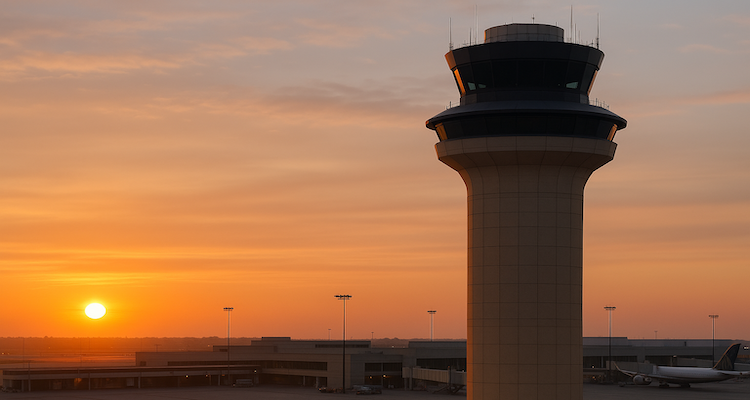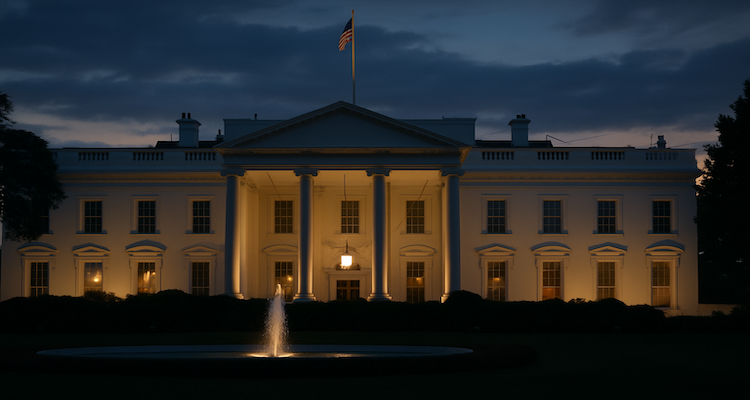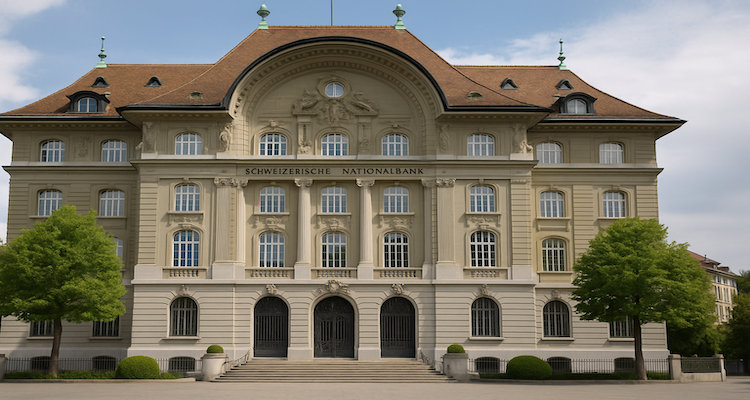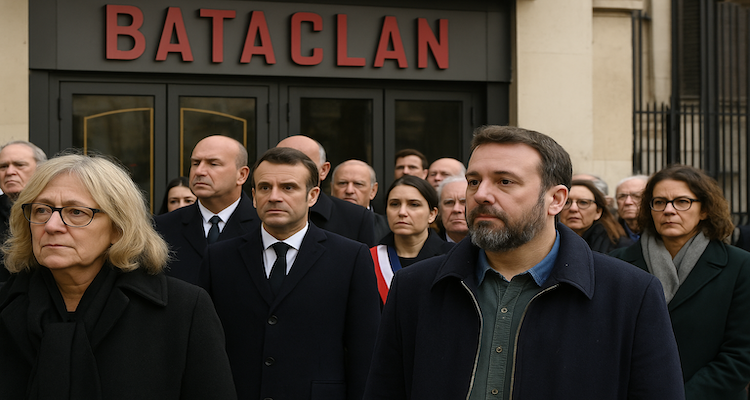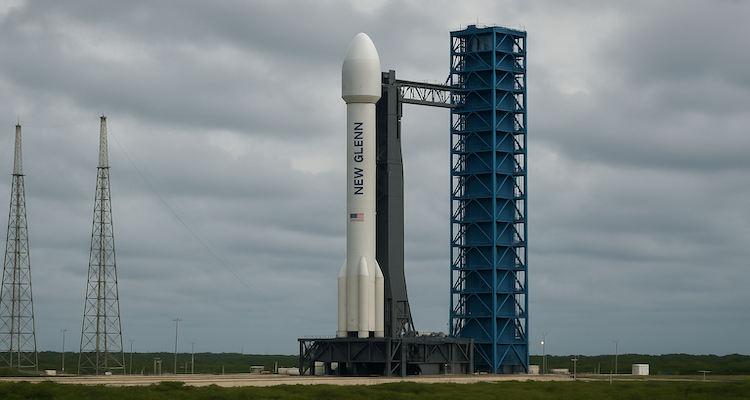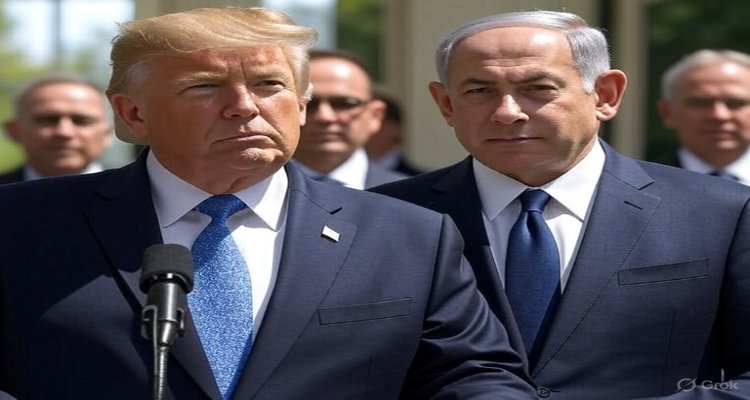Netanyahu Agrees to Trump’s Gaza Peace Plan
Israeli PM Netanyahu backs Trump’s 20-point Gaza peace plan, aiming to end the devastating two-year conflict with Hamas and pave the way for regional stability.
Introduction
In a dramatic turn that could redefine the course of one of the world’s most volatile conflicts, Israeli Prime Minister Benjamin Netanyahu has agreed to US President Donald Trump’s newly unveiled 20-point peace proposal for Gaza. The plan, presented at the White House on September 29, 2025, seeks to bring an immediate end to the two-year-long war triggered by Hamas’s October 7, 2023 assault on Israel. With regional and international backing, Trump’s peace framework promises not only a cessation of hostilities but also a radically new vision for Gaza’s governance, security, and reconstruction.
Context & Background
The Gaza war erupted after Hamas launched a surprise offensive on October 7, 2023, killing 1,219 people in Israel, mostly civilians. Israel responded with a massive military campaign that left much of Gaza in ruins, displacing over two million people and, according to Palestinian sources, killing more than 60,000 residents. The humanitarian crisis has reached historic proportions, with shortages of food, electricity, and medical facilities pushing Gaza to the brink of collapse.
Over the past two years, multiple ceasefire attempts collapsed amid deep mistrust. Negotiations brokered by Egypt and Qatar secured limited humanitarian pauses but failed to establish a sustainable peace framework. Trump’s latest initiative, presented as a robust 20-point program, is being hailed by several leaders as the most structured and ambitious effort since the 1993 Oslo Accords.
Main Developments: Trump’s 20-Point Vision
Trump’s peace blueprint outlines a phased path from war to reconstruction. Key highlights include:
-
Immediate cessation of hostilities: If both sides sign on, Israeli forces will withdraw from occupied zones, airstrikes will halt, and hostilities will end within days.
-
Hostage-prisoner exchange: Within 72 hours, all Israeli hostages — alive and deceased — would be returned. In turn, Israel would release 250 life-term prisoners and 1,700 Gazans detained since October 7, 2023.
-
Humanitarian surge: Full-scale international aid operations, coordinated by the UN and Red Crescent, would rebuild schools, hospitals, power plants, and essential infrastructure.
-
Governance transition: A technocratic Palestinian committee, supervised by a new “Board of Peace” chaired by Trump with international oversight, would temporarily govern Gaza pending Palestinian Authority reforms.
-
Demilitarization and oversight: Hamas and militant groups would dismantle tunnels and weapons while international monitors oversee compliance and launch reintegration programs.
-
Security guarantees: An International Stabilization Force composed of vetted Palestinian police, backed by regional and global partners, would secure the territory. Israel would withdraw completely once demilitarization milestones are met.
-
Economic renewal: Special economic zones, foreign investments, and development initiatives would transform Gaza into what Trump described as a “new Middle East miracle.”
-
Political horizon: A credible pathway to Palestinian self-determination, conditioned on security guarantees and governance reform, would be put back on the agenda.
The plan blends carrots and sticks — offering reconstruction, economic incentives, and amnesty while clearly defining demilitarization and governance boundaries.
Expert Insight & Public Reaction
Diplomatic experts have cautiously welcomed the framework. Middle East analyst Dr. Leila Haddad told Global Affairs Review: “For years, every mediation effort has focused on a ceasefire without addressing structural issues like governance, reconstruction, and long-term security. This plan does all three.” She noted, however, that Hamas’s acceptance remains the biggest question mark.
Arab nations, historically divided on the Gaza issue, offered strong endorsements. Egypt and Jordan praised the plan’s focus on stability, while Qatar and the UAE welcomed its development initiatives. Saudi Arabia called it “a decisive turning point for regional peace.” On the European front, France, Germany, Italy, and the UK issued a joint statement lauding the proposal as “credible and implementable.”
Indian Prime Minister Narendra Modi also voiced support, saying the agreement “provides a viable path to long-term peace, security, and development for Palestinians, Israelis, and the broader West Asian region.”
Public sentiment remains mixed. Israeli families of hostages welcomed the prospect of reunification but expressed skepticism about Hamas’s compliance. In Gaza, where despair has been deep for months, residents interviewed by Arab media outlets described the plan as “a sliver of hope,” though mistrust of international promises lingers.
Impact & Implications
If implemented, Trump’s Gaza peace plan could radically reshape West Asia’s geopolitical landscape by:
-
Ending the deadliest phase of the Israel-Palestine conflict in decades.
-
Paving the way for Gaza’s reconstruction, estimated to cost tens of billions of dollars.
-
Strengthening US influence in the Middle East amid waning global confidence in Washington’s leadership.
-
Reviving Palestinian political debate by linking Gaza’s future governance to Palestinian Authority reforms and potential statehood discussions.
-
Redefining Israel’s security strategy, as it shifts away from long-term military occupation toward conditional disengagement.
Still, challenges abound. Hamas’s willingness to disarm, Israel’s stance on prisoner releases, and the durability of international oversight will test the plan. Skeptics warn that without genuine reconciliation or an enforceable mechanism, the peace framework could collapse as past initiatives did.
Conclusion
For now, Netanyahu’s acceptance of Trump’s peace plan represents the most significant diplomatic opening since the war’s outbreak in 2023. Whether Hamas embraces the proposal will determine if Gaza embarks on a path of recovery — or slips back into protracted conflict. The world is watching closely, as the choices made in the coming weeks could decide not only Gaza’s future but also the stability of the wider Middle East for generations to come.
Disclaimer :This article is based on officially released statements and verified reports regarding the proposed 20-point Gaza peace plan. The situation remains fluid, and future developments may alter the terms or outcomes discussed here.


